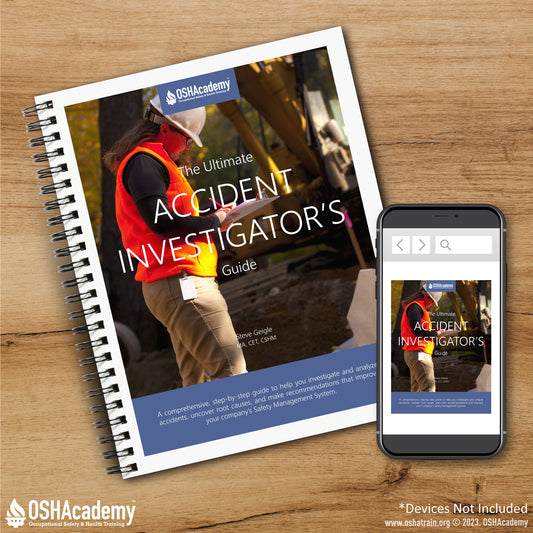
Direct and Indirect Accident Costs
Share
By Abbie Geigle
Workplace accidents can have significant financial implications for businesses, making it crucial to accurately estimate the direct and indirect costs associated with these incidents. However, calculating these costs can be challenging due to factors such as the intangible nature of some indirect costs, variability across industries, time sensitivity, and uncertainty surrounding long-term effects. To address these challenges and improve cost estimates, businesses can adopt strategies such as developing industry-specific benchmarks, using historical data, consulting experts, implementing ongoing monitoring and evaluation, and employing sensitivity analysis.

Challenges in Estimating Direct and Indirect Costs
- Difficulty in accurately quantifying indirect costs: Indirect costs, such as lost productivity and lowered employee morale, can be challenging to quantify as they are often intangible and may not have a direct financial impact. This makes it difficult to assign a precise monetary value to these costs.
- Varying costs across industries and businesses: The costs of workplace accidents can vary significantly across different industries and businesses. This variability can make it challenging to develop standard estimates or benchmarks for accident-related costs.
- Time sensitivity: The costs associated with workplace accidents can change over time, depending on factors like inflation, changes in regulations, and advancements in safety technology. This time sensitivity can make it challenging to accurately estimate costs and to compare the costs of accidents that occurred at different points in time.
- Uncertainty surrounding long-term effects: Some indirect costs, such as reputational damage and loss of business opportunities, can have long-lasting effects that are difficult to predict. This uncertainty can complicate the process of estimating these costs.
Suggestions to Improve Cost Estimates
- Develop industry-specific benchmarks: Creating industry-specific benchmarks for direct and indirect costs can help businesses better estimate the costs of workplace accidents. These benchmarks can also serve as a reference for evaluating the effectiveness of safety measures in reducing accident-related costs.
- Use historical data: Analyzing historical data on workplace accidents within your organization can provide insights into the direct and indirect costs associated with past incidents. This information can help you refine your cost estimates and identify trends and patterns that may inform your future safety initiatives.
- Consult experts: Engaging experts in workplace safety, risk management, or insurance can help you better understand and estimate the direct and indirect costs associated with workplace accidents. These professionals can provide guidance on industry best practices and help you develop more accurate cost estimates.
- Implement ongoing monitoring and evaluation: Regularly monitoring and evaluating the effectiveness of your safety measures can provide valuable data to help you better estimate the costs of workplace accidents. This ongoing evaluation can also help you identify areas for improvement and adjust your safety programs accordingly.
- Use sensitivity analysis: Sensitivity analysis can help you account for uncertainties in your cost estimates by assessing the potential impact of changes in key variables, such as insurance premiums or the cost of medical treatment. This approach can provide a range of possible costs, helping you better prepare for potential financial impacts.
Accurately estimating the direct and indirect costs of workplace accidents is essential for businesses to manage financial risks and maintain a safe work environment. Though challenges such as intangible indirect costs, variability across industries, and uncertainty surrounding long-term effects can make this task difficult, strategies such as industry-specific benchmarks, historical data analysis, expert consultation, ongoing monitoring and evaluation, and sensitivity analysis can help improve cost estimates. By understanding and addressing these costs, businesses can take proactive measures to reduce the likelihood and severity of accidents, ultimately fostering a safer and more productive workplace.



